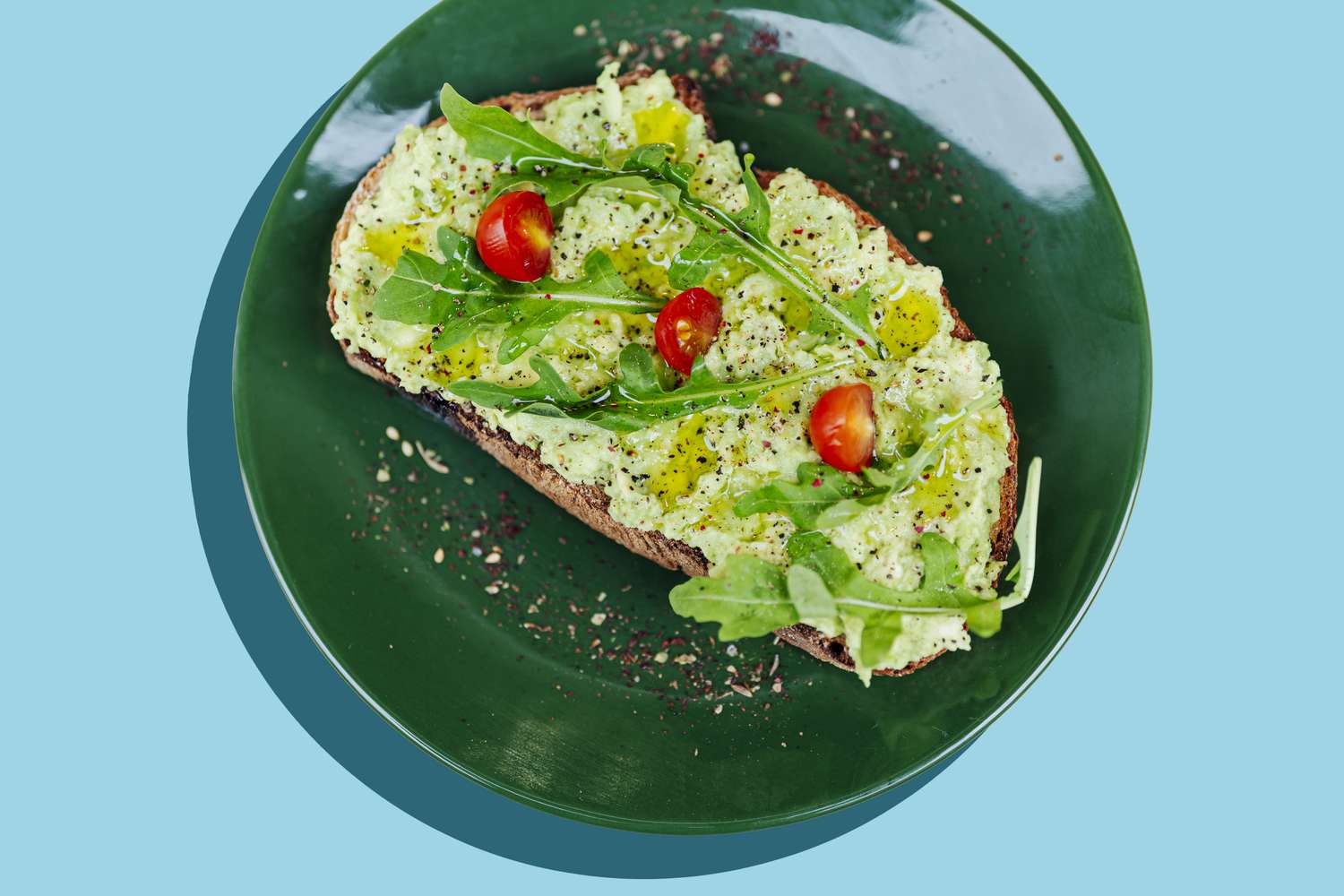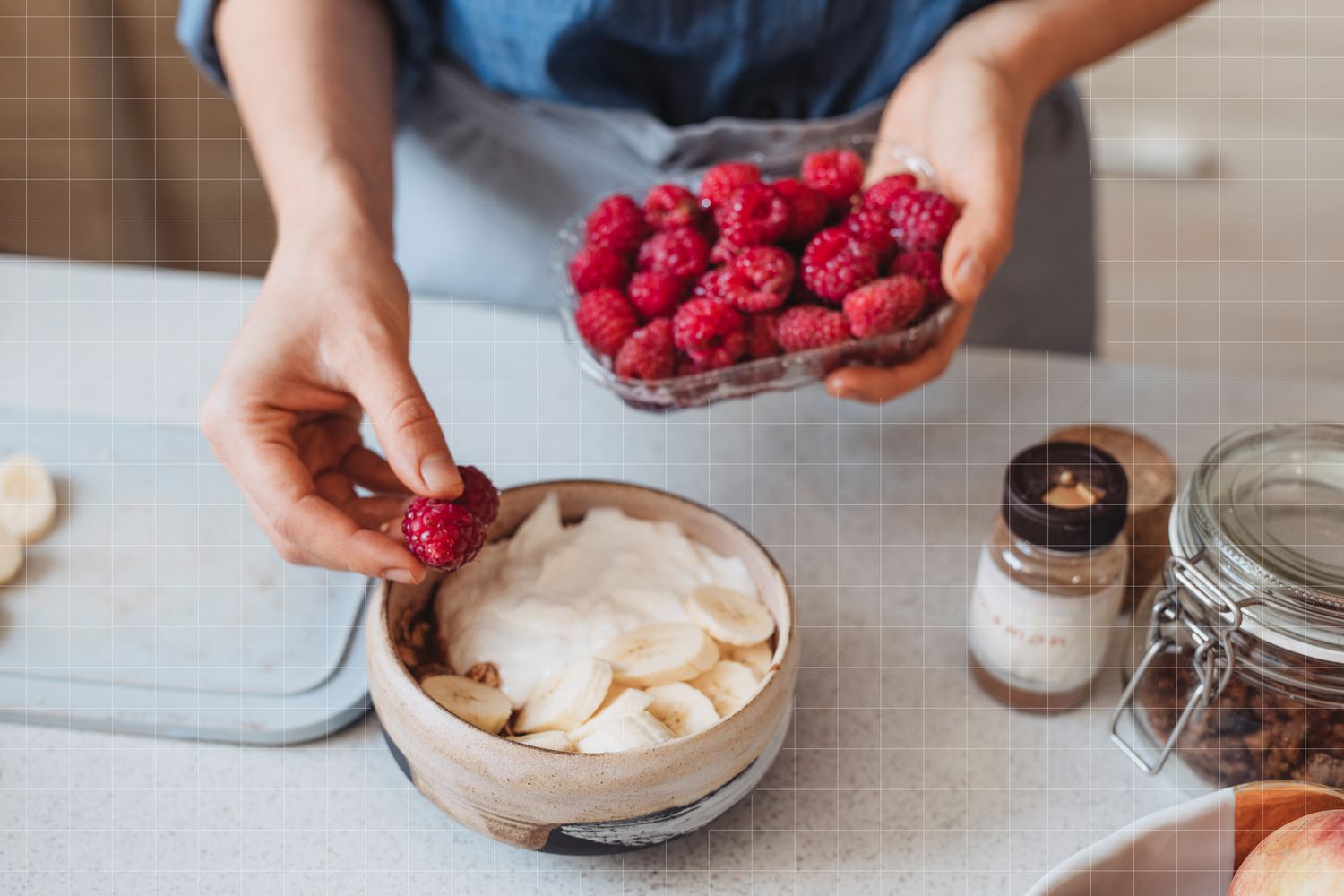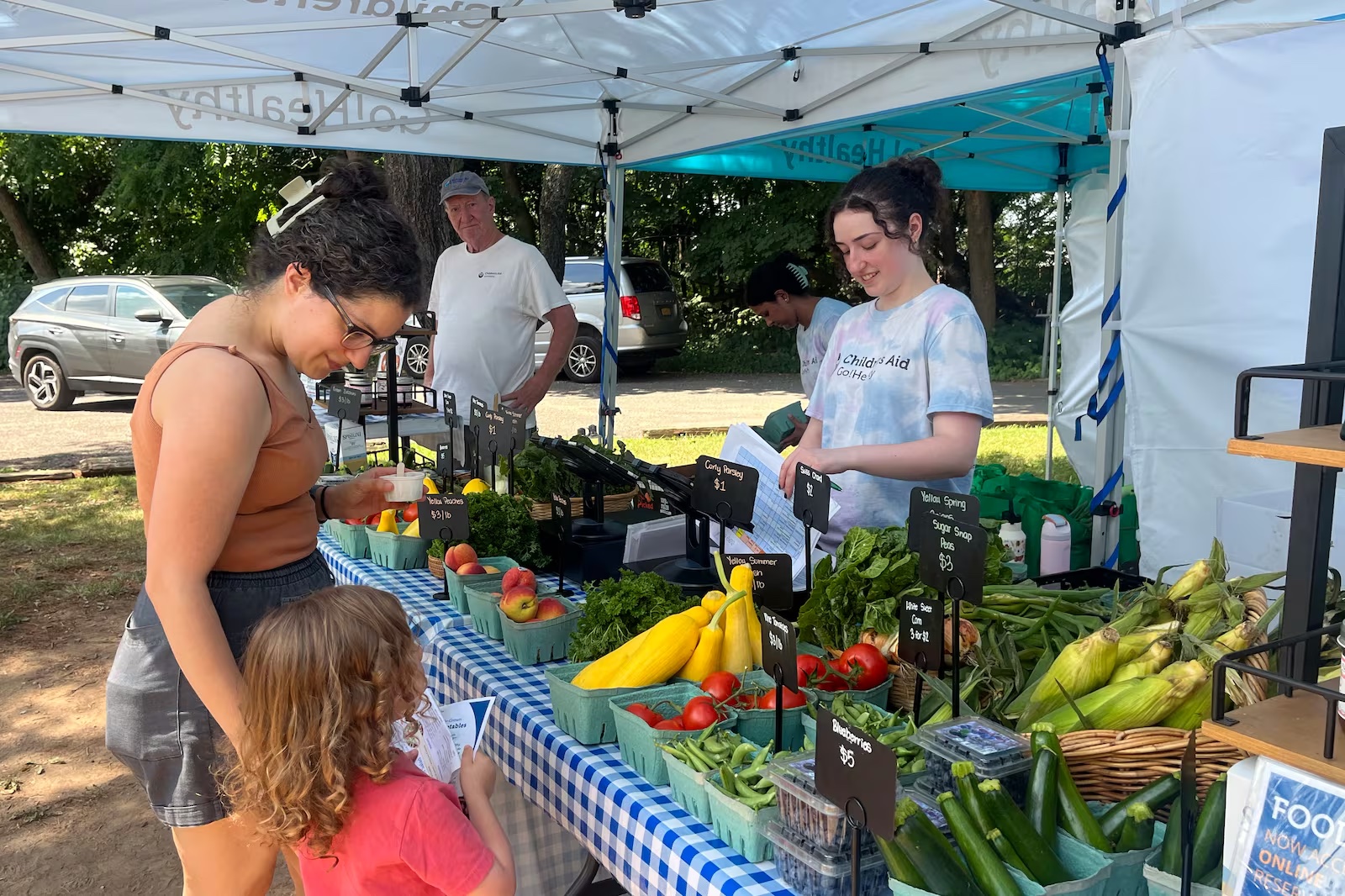There’s no denying that cooking at home is often the healthier choice when pit against dining out or ordering in. However, throughout the culinary process, there are plenty of moments where we might inadvertently contribute to bodily inflammation. From ingredients and equipment to techniques and timing, all of it can add to or detract from the anti-inflammatory potential of your recipes. Here are 11 anti-inflammatory cooking hacks that pull from each of these categories, helping you feel even better about your home-cooked meals.
- Julie Cobble, MS, RDN, CPT, community dietitian and certified personal trainer
- Karen Hawkins, MA, RDN, LDN, registered dietitian and founder of Karen Hawkins Nutrition LLC
11 Anti-Inflammatory Cooking Hacks
“There are a few easy tips and tricks to try while cooking to help reduce factors that contribute to inflammation through our food,” explains community dietitian Julie Cobble, MS, RDN. “Small changes can make a big difference in health over time.”
Watch the Salt
“Salt contributes to inflammation for some individuals,” Cobble says. “When cooking your favorite meals, flavor with spices and herbs first and taste test before adding salt. The dish may not even need it.” Aside from adding salt at the stove or table, processed and canned foods can also contribute hefty amounts of sodium to our meals. When shopping for packaged goods, look for reduced-sodium products or options with 250 milligrams (mg) of sodium (or less) per serving. If you already have a pantry full of sodium-rich canned goods, don’t fret—just be sure to give any veggies or beans a good rinse prior to cooking. “This can reduce excess sodium that is used in the canning process for preservation,” Cobble says.
Go for a Little Less Char
How we actually cook our food can make a huge difference in the inflammatory potential (or lack thereof) of our recipes. “Certain cooking techniques can contribute to inflammation,” says registered dietitian Karen Hawkins MA, RDN. This can be especially true for high-heat cooking methods like grilling or frying. “High heat cooking can contribute to the production of inflammatory compounds such as advanced glycation end products (AGEs) or heterocyclic amines (HAAs). These compounds contribute to inflammation in the body,” Hawkins says. While grilling and frying aren’t completely off the table, it’s smart to go easy on the amount of char you create with these methods when prioritizing anti-inflammatory cooking.
Be Mindful of Added Sugars
When it comes to pro-inflammatory ingredients, added sugars pretty much top the list. And while this popular ingredient easily sneaks its way into both sweet and savory recipes, there are plenty of ways to mitigate—or completely eliminate—how much added sugar goes into your dishes. “Replace sugar and syrups in sauces with 100 percent fruit juice or whole fruit,” Cobble suggests. Additionally, swapping refined cane sugar for nutrient-added sweeteners like honey or maple syrup can also boost the overall nutrition—and decrease the inflammation—of your meal or dessert.
Ditch the Non-Stick Cookware
Cookware can be the hidden danger you didn’t expect when it comes to inflammation. “Throw out the old nonstick pans—they release toxic fumes and forever chemicals when scratched or overheated,” Hawkins explains. Forever chemicals, or per- and polyfluoroalkyl substances (PFAS), are well-known to contribute to systemic inflammation. “Choose stainless steel or cast iron pans for cooking. They don’t leach chemicals into food, especially when cooking at higher temperatures,” Hawkins suggests. Non-toxic ceramic cookware also gets the anti-inflammatory cookware stamp of approval.
Opt for Healthy Fats
Some research shows that saturated fat intake may also encourage inflammation in the body. To skirt this concern, Cobble suggests “replace shortening, lard, butter, and margarine with healthy fats such as olive oil, avocados, and nut butters for spreads, dressings, and in cooking,” she says. “This reduces saturated fat intake while increasing omega-3 fatty acid consumption—which has been shown to help reduce inflammation in the body.” While avocado oil is perfect for high-heat cooking, “extra virgin olive oil (EVOO) is great for low heat cooking or dressings,” Hawkins says. “It reaches its smoke point above 350 degrees Fahrenheit, at which point it can release harmful (pro-inflammatory) compounds and lose flavor and nutrition value.”
Bake, Airfry, or Slow Cook
One meaningful way to keep AGEs and HAAs to a minimum in your recipes is to opt for gentle cooking methods—like baking, airfrying, or slow cooking. “Slow cookers and Instant Pots are great time saving tools, too,” Hawkins says. Plus, they can help mitigate any inflammatory concerns surrounding saturated fat intake. “Baking or air frying—instead of deep-frying foods—reduces the amount of excess fat in dishes,” Cobble adds.
Add More Fruits and Veggies
“And, as always, get your fruits and veggies in, as they have anti-inflammatory properties,” Cobble says. Thankfully, there are countless delicious ways to add these to your recipes. “Add a bag of frozen veggies to soups, scramble veggies into your eggs, or have cut veggies on hand for an easy snack,” Cobble suggests. Fruit and veggies can also be blended into sauces, added to baked goods, or stirred into pastas.
For even greater nutrient density, Hawkins likes to add her veggies in at the very end of cooking. “Try adding spinach and other vegetables at the end of a cooking process to help preserve nutrients and flavors. Less cooking time enhances taste and texture,” she says.
Simmer, Poach, or Steam
Air frying, baking, and slow cooking aren’t the only delicate cooking techniques—simmering, poaching, and steaming are as gentle as it gets. “Gentle cooking methods such as steaming, simmering, or poaching help preserve antioxidants and nutrients in vegetables and avoid browning or charring that triggers inflammation,” Hawkins says. While these low and slow methods are often overlooked by the everyday cook, they can elicit just as much flavor as popular high-heat methods—especially if your food is properly seasoned!
Throw Out the Plastic Utensils
There’s no denying that there are tons of gorgeous-looking plastic cooking and serving utensils on the market. That said, these kitchen tools are a definite no-no for anti-inflammatory cooking as they can melt or otherwise leach microplastics and forever chemicals into your final dish. Plenty of research backs the notion that circulating microplastics in the body contribute to inflammation and can even turn that inflammation into chronic disease. Instead, look for stainless steel, responsibly sourced wood, silicone, or ceramic cooking utensils.
Add Anti-Inflammatory Flavors
Fruits and vegetables are excellent choices when focusing on inflammation reduction in your cooking, but they’re far from the only anti-inflammatory ingredients available. “Use garlic, onion, ginger, and turmeric to enhance flavor in food and reduce inflammation,” Hawkins suggests. “Sautéing them in healthy fats activates their anti-inflammatory compounds, like allicin in garlic and onions and curcumin in turmeric; be sure to sauté on low heat to prevent burning and preserve the benefits.”
Level Up Your Food Storage
Beyond cookware and utensils, food storage containers can also be sneaky sources of plastic—and the unwanted chemicals that come with it. Upgrade your leftover game by choosing glass, stainless steel, or non-toxic ceramic alternatives. It’s just an added bonus that they’re often way more stylish than those old plastic tubs, too!


